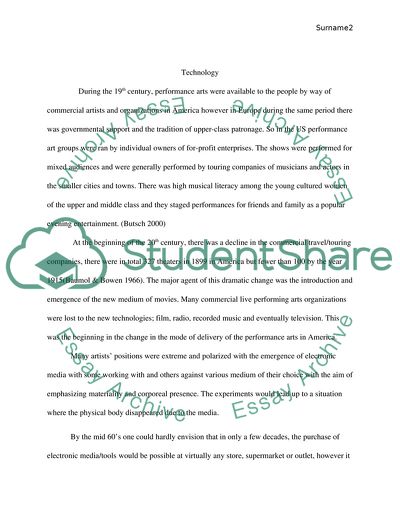Cite this document
(Performance Art and Media Arts History Coursework, n.d.)
Performance Art and Media Arts History Coursework. https://studentshare.org/visual-arts-film-studies/1822419-performance-art-and-media-arts
Performance Art and Media Arts History Coursework. https://studentshare.org/visual-arts-film-studies/1822419-performance-art-and-media-arts
(Performance Art and Media Arts History Coursework)
Performance Art and Media Arts History Coursework. https://studentshare.org/visual-arts-film-studies/1822419-performance-art-and-media-arts.
Performance Art and Media Arts History Coursework. https://studentshare.org/visual-arts-film-studies/1822419-performance-art-and-media-arts.
“Performance Art and Media Arts History Coursework”. https://studentshare.org/visual-arts-film-studies/1822419-performance-art-and-media-arts.


